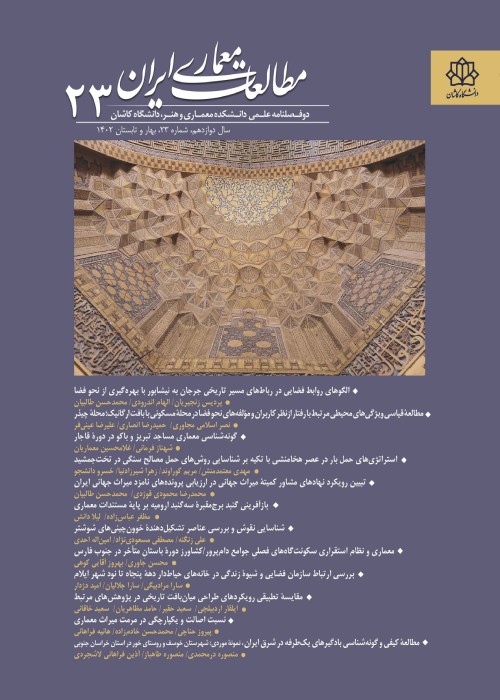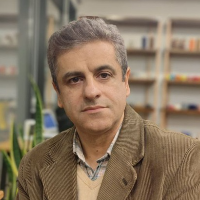Ghadamgāh-i Imam Ali; In Search of Ilkhanid Turbatkhāneh of Kashan
In an article entitled "Un diptique de foundation en ceramique lustrée, Kašan 711/1312", Chahriyar Adle studied two pieces of luster circular tiles preserved in the Sèvres Ceramics Museum in Paris. According to the tiles inscriptions, they were made in connection with a Shiite monument in Kashan. One of the tiles with a prominent horseshoe-like edge is the narrator of a dream from 711 AH/1312 AD. According to the description of the mentioned dream, Imam Ali and Imam Mahdi came to Kashan on the way to India, where Imam Ali issued an order to build a turbatkhāneh, so those who cannot visit them visit that place. Despite the studies carried out, including reference to the turbatkhānehchr('39')s general location, the building itself and its exact location have not been identified yet. Therefore, these questions can be asked whether the mentioned pair of luster tiles refer to a specific building? And more importantly, if the building is identifiable, where is it located, and what are its characteristics? This article seeks to find the mentioned turbatkhāneh and clarify its main features. This study is based on a historical interpretive method in which the inscriptionschr('39') text is studied and interpreted. Related historical texts are reviewed, and a large area in the north of the citychr('39')s historical barrier is examined to provide answers to questions. Also, an abandoned religious placechr('39')s exact location is studied, and the remains of the mentioned place are compared with some examples to clarify the more accurate characteristics and the historical period of its construction. This studychr('39')s findings show that a dome chamber in the north of Salehābād Cemetery, located outside Kashanchr('39')s barrier, is the same building whose construction history is written on the desired luster tiles. The studies show the relationship between these two unique tiles and a small domed building in the north of Kashanchr('39')s barrier in the Salehābād area; Where there was another building until 2018 called Ghadmagāh-i Ali. These two tiles have survived to tell a part of Kashanchr('39')s cultural and artistic history and, of course, to clarify the role and position of a forgotten religious place in Kashanchr('39')s Shiite culture.
- حق عضویت دریافتی صرف حمایت از نشریات عضو و نگهداری، تکمیل و توسعه مگیران میشود.
- پرداخت حق اشتراک و دانلود مقالات اجازه بازنشر آن در سایر رسانههای چاپی و دیجیتال را به کاربر نمیدهد.



